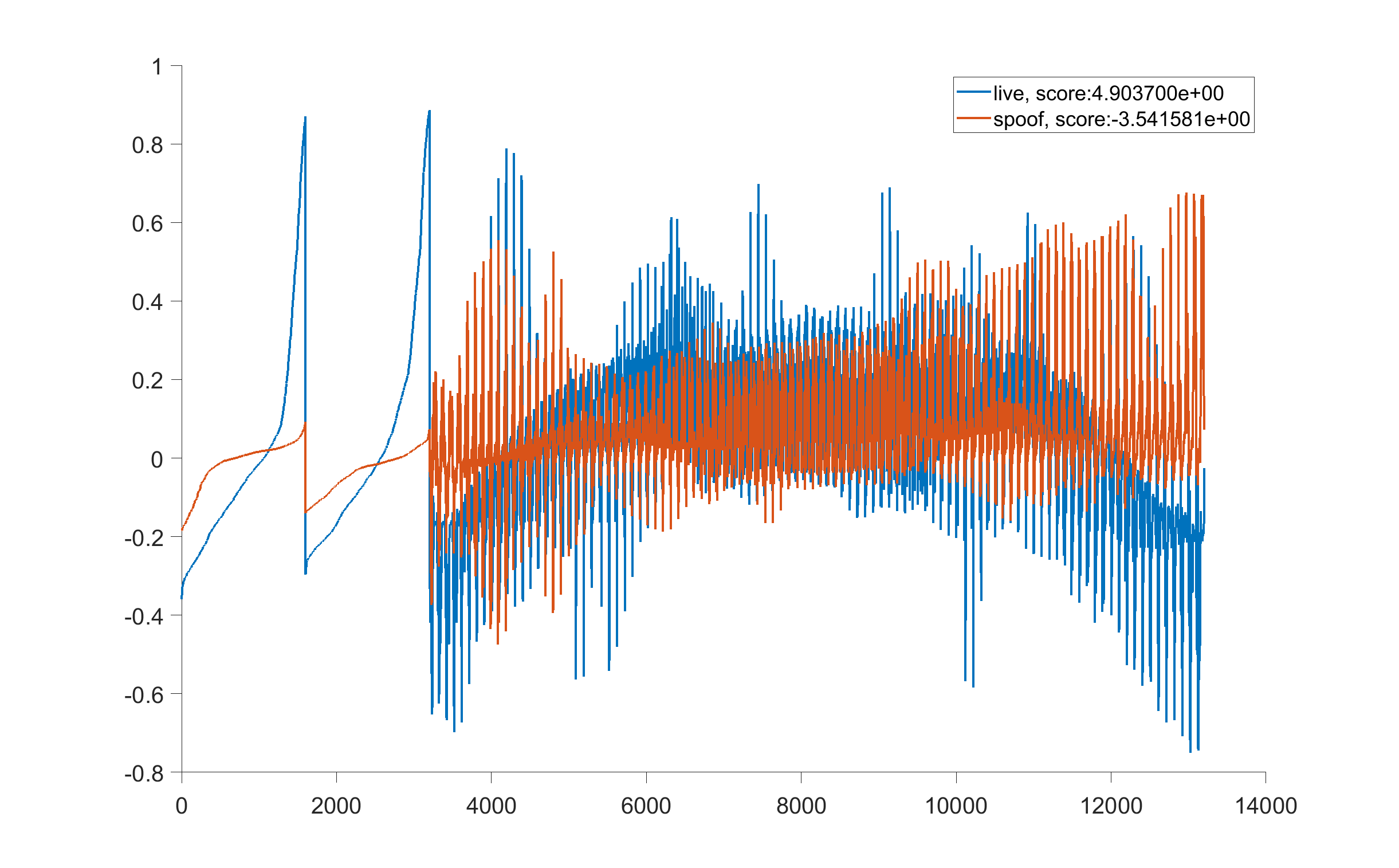Specular- and Diffuse-reflection-based Face Spoofing Detection for Mobile Devices
In light of the rising demand for biometric-authentication systems, preventing face spoofing attacks is a critical issue for the safe deployment of face recognition systems. Here, we propose an efficient face presentation attack detection (PAD) algorithm that requires minimal hardware and only a small database, making it suitable for resource-constrained devices such as mobile phones. Utilizing one monocular visible light camera, the proposed algorithm takes two facial photos, one taken with a flash, the other without a flash. The proposed $SpecDiff$ descriptor is constructed by leveraging two types of reflection: (i) specular reflections from the iris region that have a specific intensity distribution depending on liveness, and (ii) diffuse reflections from the entire face region that represents the 3D structure of a subject's face. Classifiers trained with $SpecDiff$ descriptor outperforms other flash-based PAD algorithms on both an in-house database and on publicly available NUAA, Replay-Attack, and SiW databases. Moreover, the proposed algorithm achieves statistically significantly better accuracy to that of an end-to-end, deep neural network classifier, while being approximately six-times faster execution speed. The code is publicly available at https://github.com/Akinori-F-Ebihara/SpecDiff-spoofing-detector.
PDF Abstract


 Replay-Attack
Replay-Attack
 SiW
SiW